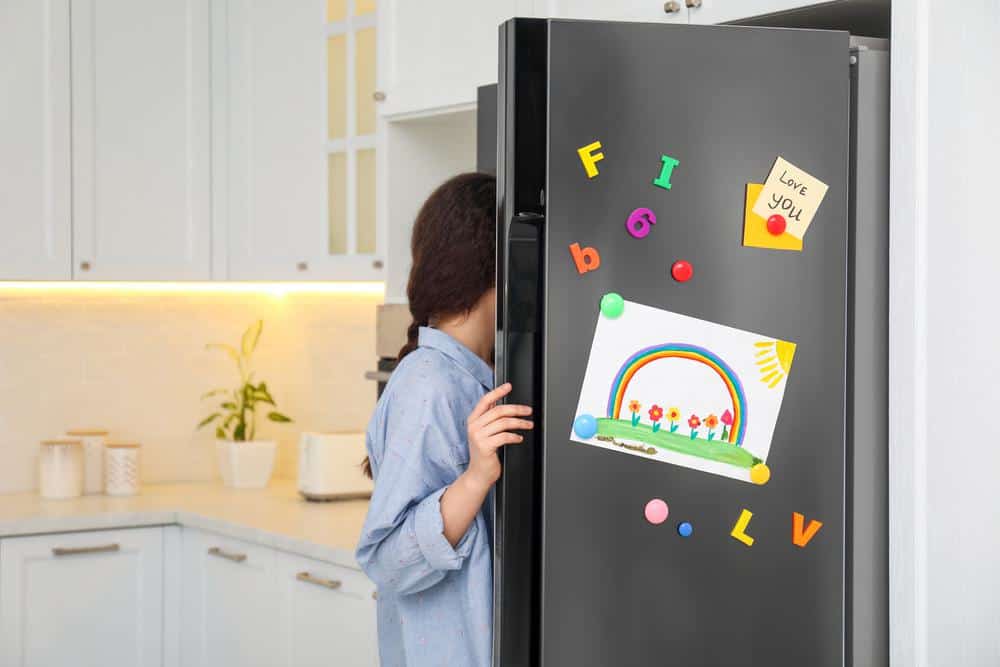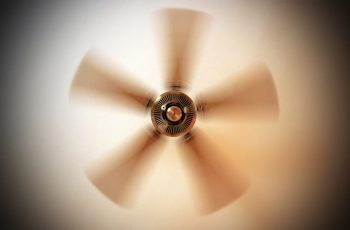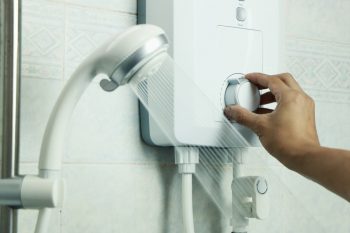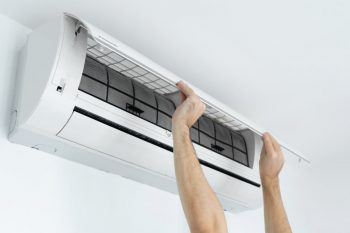
If you’re reading this, chances are you’re dealing with a GE refrigerator water dispenser that’s not working as it should. Not to worry, this comprehensive guide will walk you through the troubleshooting steps and provide you with everything you need to know to fix your GE refrigerator water dispenser.
To fix a GE refrigerator water dispenser, first diagnose the problem. This could be due to improper installation, a clogged water filter, a frozen water-supply line, low home water-pressure, a faulty water inlet valve, malfunctioning dispenser control boards or dispenser switches, or air in the water lines. Once you’ve identified the issue, you can take steps to fix it, such as purging the water lines, replacing the water filter, thawing the frozen water line, adjusting the water pressure, replacing the faulty valve, or consulting a professional for more complex issues.
Common Issues with GE Refrigerator Water Dispensers
Before we delve into the specifics of fixing your dispenser, let’s take a look at the most common issues you might encounter:
- Improper installation: If your refrigerator has been recently installed, the water tank and water lines may need to be purged.
- Clogged water filter: A clogged or partially clogged filter can lead to slow running water from the dispenser or even no water at all.
- Frozen water-supply line: If the freezer gets too cold, it can freeze the water line, preventing water from flowing through the dispenser.
- Low home water-pressure: Low water pressure from your home’s plumbing system can affect the water dispenser’s performance.
- Faulty water inlet valve: The water inlet valve can fail, preventing water from reaching the dispenser.
- Malfunctioning dispenser control boards or dispenser switches: Operational issues with these components can hinder the dispenser’s performance.
- Air in the water lines: Trapped air can cause the dispenser to malfunction.
Diagnosing the Problem
To determine if the issue is with the water dispenser itself or the refrigerator’s water supply, follow these steps:
- Check the ice maker: If the ice maker is working but the water dispenser is not, your water pressure could be the issue. Your fridge requires less pressure to make ice than it does to dispense water. Check your refrigerator’s manual for the necessary water psi for both to function.
- Examine the water line and fill tube: A clogged water line or tube can block or spray water at the dispensing point.
- Perform a water flow test: Dispense water from the dispenser into a large measuring cup for 20 seconds. If the water is less than 8 ounces, the water flow is probably inadequate.
- Inspect the water filter: A clogged or dirty water filter can reduce water flow and cause issues with the dispenser.
- Test the water inlet valve: You can test the water inlet valve for continuity using a multi-meter. If the valve is faulty, it might not allow water to flow to the dispenser.
- Check the dispenser switch and control board: If these components are faulty, they can prevent the dispenser from working properly.
Fixing the Most Common Issues
Once you’ve diagnosed the problem, you can follow these steps to fix the common issues:
- Improper installation: Hold the dispenser cradle down for 2 to 3 minutes to allow the water reservoir to fill completely.
- Clogged water filter: Replace the water filter if necessary.
- Frozen water-supply line: Use a hairdryer to carefully thaw the frozen section of the water line.
- Low home water-pressure: Ensure your home’s water pressure is within the recommended range for your refrigerator model.
- Faulty water inlet valve: Replace the water inlet valve if necessary.
- Malfunctioning dispenser control boards or dispenser switches: Consult a professional technician for further diagnosis and repair.
- Air in the water lines: Dispense water for 5 minutes or in the amount of 2 gallons to purge air from the water lines.
If the problem persists after trying these steps, consider seeking help from a professional technician.
Preventing Future Issues
By following these preventative steps, you can avoid future issues with your GE refrigerator water dispenser:
- Regularly replace the water filter.
- Clean the dispenser regularly.
- Check for frozen water lines.
- Maintain proper water pressure.
- Inspect the water inlet valve regularly.
- Keep the dispenser area dry.
Conclusion
Fixing a GE refrigerator water dispenser is not as daunting as it seems. With the right knowledge and tools, you can troubleshoot and resolve most common issues yourself. However, if you’re unsure about any step in the process or if the problem persists after your attempts to fix it, don’t hesitate to seek professional help.
Frequently Asked Questions
How often should I replace the water filter in my GE refrigerator?
As a general rule, it’s recommended to replace your refrigerator’s water filter every six months. However, if your water consumption is high or your municipal water supply is of poor quality, you might need to replace it more frequently.
Where can I find the water inlet valve in my GE refrigerator?
The water inlet valve is usually located at the back of your refrigerator. You can typically access it by removing the lower back panel of your fridge.
What is the recommended water pressure for a GE refrigerator?
The recommended water pressure for a GE refrigerator is between 40 and 120 psi (pounds per square inch). If your home’s water pressure is below 40 psi, the water dispenser may not function properly.
How can I check if the dispenser switch is faulty?
You can use a multimeter to test the dispenser switch for continuity. A switch without continuity is faulty and should be replaced.
How can I prevent the water line from freezing?
Ensure that the freezer’s temperature is set between 0 and 5 degrees Fahrenheit (-18 to -15 degrees Celsius). If it’s too cold, it could freeze the water line. Additionally, make sure the refrigerator doors are properly closed to maintain the correct temperature inside.
What should I do if water leaks from the dispenser?
If water is leaking from the dispenser, it could be due to a blocked or frozen water line. Follow the troubleshooting steps mentioned in the blog post to diagnose and fix the issue. If the problem persists, consider contacting a professional technician.












